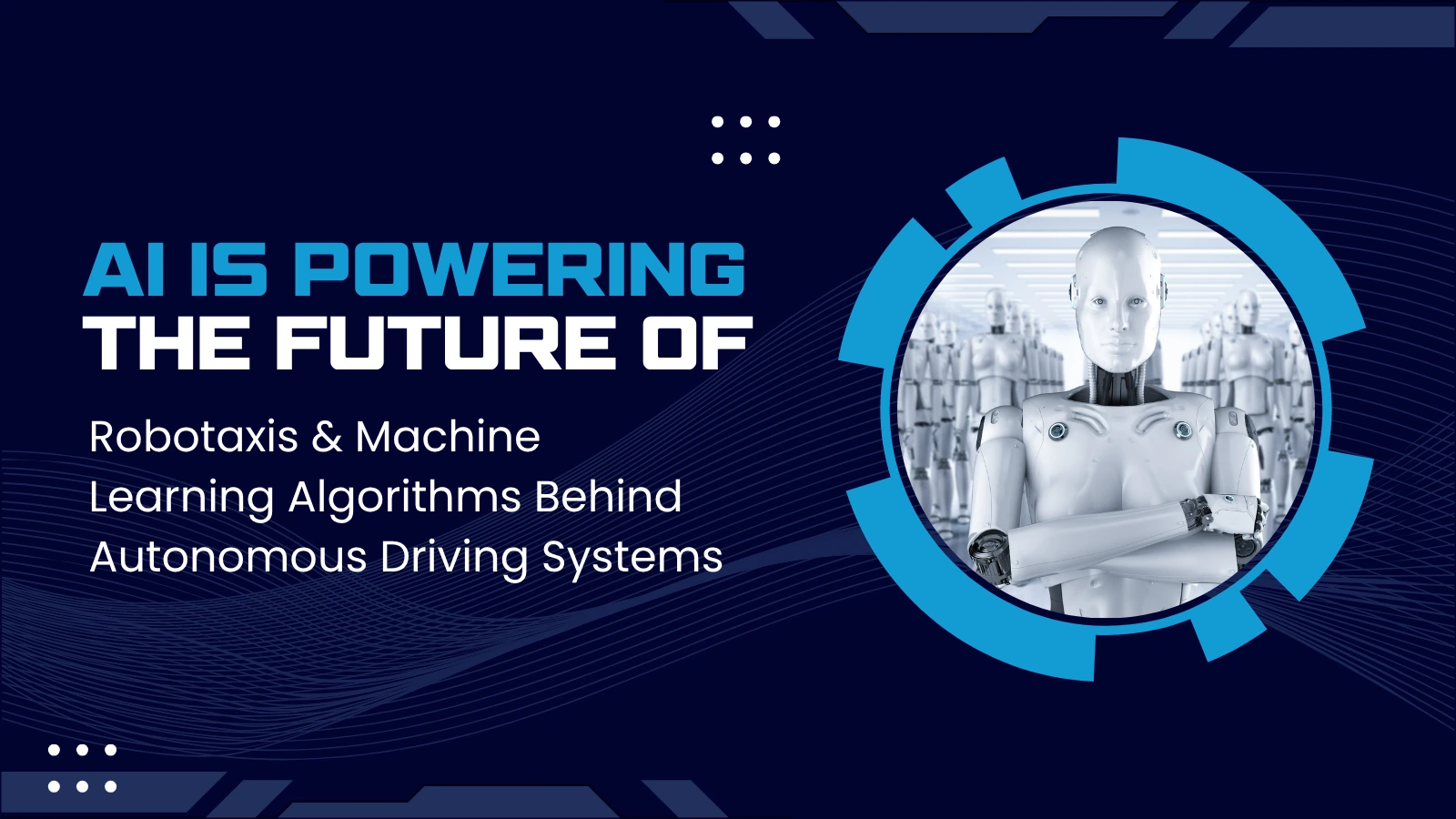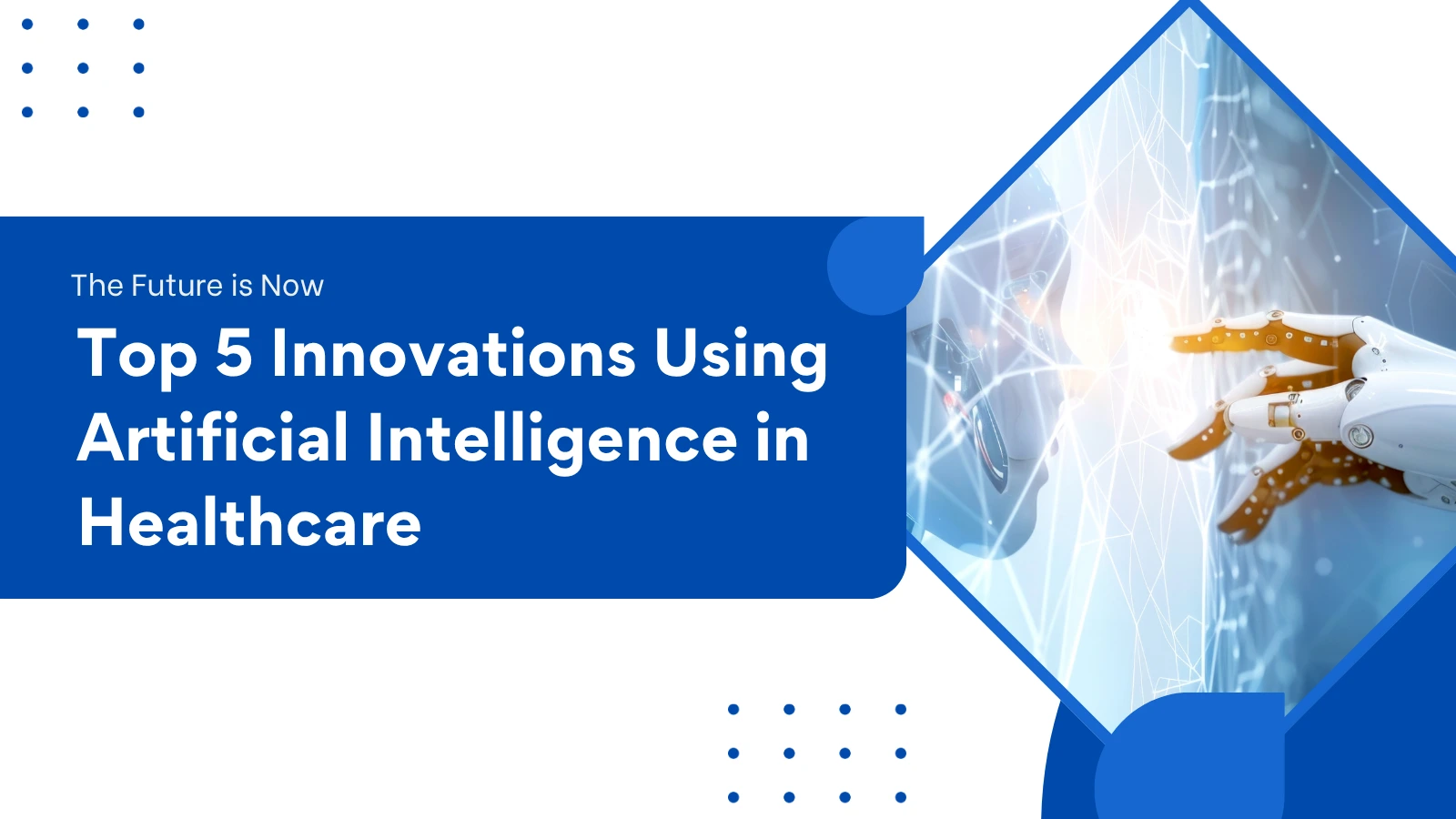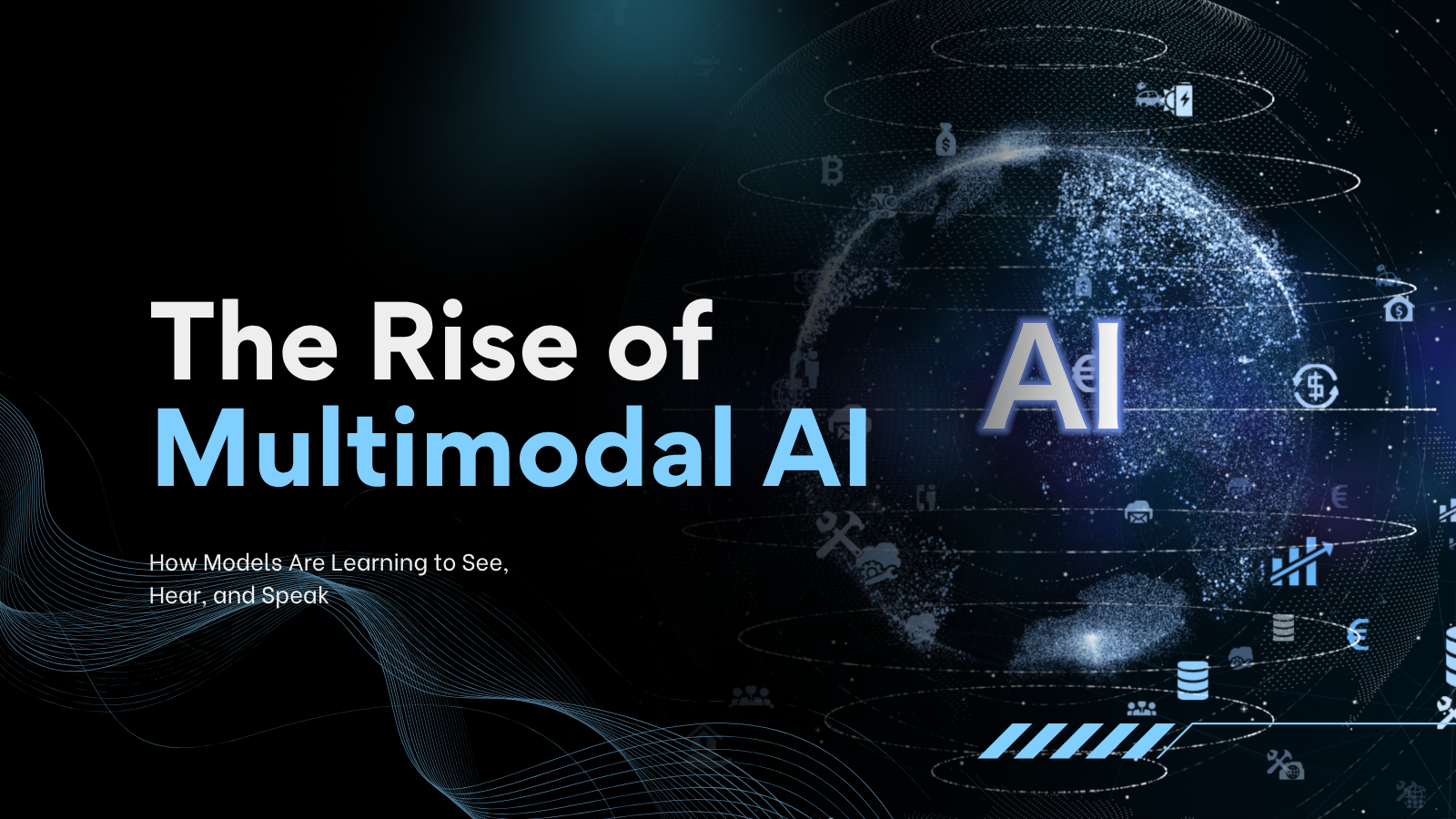How AI is Powering the Future of Robotaxis & Machine Learning Algorithms Behind Autonomous Driving Systems
The Emergence of Robotaxis: A Future of Urban Mobility
Robotaxis are fast becoming a science fiction dream turned reality, revolutionizing the way individuals move around cities. Robotaxis—autonomous vehicles that can transport people without the need for drivers—is revolutionizing urban mobility. In the face of gridlock, environmental concerns, and rising transportation costs, robotaxis offer a scalable, effective, and sustainable alternative to traditional forms of transportation. Artificial intelligence (AI), the technological underpinning that enables cars to sense their surroundings, make wise decisions, and drive safely, is at the heart of this revolution.
Such revolutions have been made possible in large part by artificial intelligence development services. Strong AI systems that can replicate human perception and decision-making are being invested in by startups and tech firms. Robotaxis can read complex environments in real time using sensors, cameras, and radar systems. These smart cars are improving traffic flow and reducing human error, which raises the general effectiveness and safety of roadways. Robotaxis integration into the transportation system will enable commuters to experience unprecedented levels of convenience and innovation in smarter cities.
Understanding the Core of AI in Autonomous Vehicles
A complex AI engine that analyzes enormous volumes of data to make decisions in real time is at the core of every robotaxi. Autonomous vehicles, in contrast to conventional automobiles, use sophisticated artificial intelligence (AI) to carry out functions like object recognition, lane detection, and pedestrian tracking. Complex computational abilities beyond rule-based programming are needed for these tasks. Rather, AI systems need to constantly learn and adjust to new traffic patterns, driving situations, and weather conditions.
Businesses can now use scalable AI tools without having to build their infrastructure from the ground up thanks to the powerful model known as AI as a service. The rapid deployment of AI in robotaxi projects worldwide has been made possible in large part by AI as a service. AI as a service enables continuous learning and performance improvements, from edge computing capabilities to cloud machine learning models. Robotaxi companies can maintain high standards of safety and adaptability even in the most chaotic urban environments by employing AI development services.
Machine Learning: The Brain Behind the Wheel
Machine learning (ML), a branch of AI, is responsible for autonomous vehicle intelligence. Using supervised, unsupervised, and reinforcement learning, robotaxis learn to read sensor inputs, recognize patterns, and forecast outcomes. Split-second decisions to brake, accelerate, or shift lanes are enabled through ML algorithms. As time passes, the system improves as it is subjected to varied driving scenarios and edge cases.
Reinforcement learning, specifically, has been an enormously promising area in the creation of autonomous driving technologies. Reinforcement learning enables robotaxis to learn ideal driving strategies through feedback from the environment. Whether it's maneuvering through a complex intersection or deftly sidestepping a sudden obstruction, machine learning provides robotaxis with the cognitive flexibility needed for safe maneuvering. The use of AI development services integrates these learning processes to constantly update and refine them according to changing safety regulations and technology.
Sensor Fusion and Data Interpretation Using AI
One of the biggest challenges in self-driving is properly integrating data from multiple sensors. Robotaxis use LiDAR, radar, ultrasonic sensors, and high-definition cameras to build a 360-degree view of the surroundings. Sensor fusion, fueled by AI, brings this varied data together to build a complete picture of what the vehicle is seeing. This is used for detecting objects, measuring distance, and planning a route.
AI as a service platforms offer the computational capacity and analytical capabilities needed for effective sensor fusion. They provide pre-trained models and adaptive algorithms that robotaxi developers can implement in their systems. The outcome is an uninterrupted and coordinated data interpretation process that improves decision-making accuracy. Robotaxis can process terabytes of data in real time through the assistance of AI development services, providing fast and dependable responses to changing road conditions.
Decision-Making Frameworks for Autonomous Navigation
Decision-making is a crucial aspect of robotaxi operation. AI-driven decision-making systems scan multiple parameters like traffic regulations, speed limits, and pedestrian actions to make navigation decisions that are safe. These systems use both deterministic models and probabilistic reasoning to deal with uncertainty and variability in driving conditions. For example, when confronted with an unmarked pedestrian crossing, the AI system needs to consider several variables before deciding on the action to take.
Sophisticated decision-making algorithms are constantly refined through feedback loops and data analysis. AI development services offer the capabilities necessary to test thousands of driving scenarios and hone decision-making. This encompasses scenario planning, risk analysis, and trajectory forecasting. With robotaxis increasingly common, these smart frameworks will be essential to ensuring that autonomous vehicles are responsibly and safely managed across diverse urban environments.
Real-Time Object Detection and Path Planning
Path planning and object detection are core operations for autonomous driving. Robotaxis need to detect other cars, pedestrians, bicycles, and road hazards in real-time. AI models learned from huge data sets allow accurate object classification and localization. Path planning, by contrast, requires mapping out a safe and optimal route while taking dynamic elements like moving traffic and transitory roadblockages into account.
AI as a service solutions provide scalable infrastructure for training and deployment of such complex models. The services enable developers to experiment with object detection algorithms under different lighting, weather, and traffic conditions. Path planning systems are also optimized through reinforcement learning methods which learn new driving challenges. Robotaxis get improved reliability and efficiency in their navigation abilities by integrating AI development services.
Human-Machine Interaction in Robotaxis
Passenger interaction and autonomous vehicles are another important area of robotaxi innovation. AI allows natural language processing, voice recognition, and customized user interfaces. Passengers can send voice commands or instructions through touchscreens, and the AI system reads and responds accordingly. This provides a human-readable, intuitive interface that increases passenger comfort and trust.
AI development services play a crucial role in creating these human-machine interaction systems. Sentiment analysis, facial detection, and emotion recognition enable robotaxis to measure passengers' satisfaction and respond to individual requirements. For example, the car can modify climate control, offer route information, or suggest local places of interest according to user requirements. As the feature of AI as a service advances, such interactive functions will become more complex, providing a smooth and pleasant ride experience.
AI-Backed Safety and Redundancy Systems
Safety is the utmost concern when it comes to autonomous vehicle technology. AI is at the forefront of providing redundancy-based safety systems that keep tabs on the performance and surroundings of the vehicle. The systems are able to pick up on anomalies, initiate emergency procedures, and offer fail-safe functionality in the event of sensor or system failure. With predictive analytics, AI can also predict potential danger and take countermeasures.
AI as a service platforms provide solid testing and validation tools for safety features. Simulation environments allow developers to subject robotaxis to extreme conditions and analyze reactions. AI development services help develop robust safety models that include real-time diagnostics and remote monitoring. Such advancements guarantee robotaxis remain operational integrity and passenger safety in all possible conditions.
AI-Powered Fleet Management and Optimization
Apart from single vehicles, AI also operates fleet management systems that manage the operation of several robotaxis. These systems employ predictive algorithms to optimize routes, minimize idle time, and control energy consumption. AI examines traffic data, demand patterns, and vehicle status in order to allocate resources efficiently and deliver services on time.
AI development services are central to facilitating these fleet-level insights. AI development services offer cloud-based dashboards, data visualization, and automated reporting capabilities that enable operators to make informed decisions. AI as a service enables robotaxi firms to scale their business without the need for sacrificing performance. Through real-time fleet optimization, businesses can increase vehicle utilization and customer satisfaction
The Road Ahead: AI and the Future of Robotaxis
The incorporation of AI in robotaxi systems is only the tip of the iceberg. With ongoing advancement in technology, more autonomy, intelligence, and user-friendliness should be expected. AI will lead the way in increasing energy efficiency, multi-modal transportation, and city planning. Robotaxis will become a key feature of smart cities, integrated with public infrastructure and digital services seamlessly.
AI development services and AI as a service will remain cornerstones of this process. They offer the tools, talent, and scalability necessary to keep pace with increasing demands for autonomous transport. With continued research and partnership, the future of robotaxis holds promise—marking a new mobility epoch that is safer, smarter, and more sustainable than ever.
Subscribe Now
Get the weekly updates on the newest brand stories, business models and technology right in your inbox.
More Blogs
The Future is Now: Top 5 Innovations Using Artificial Intelligence in Healthcare
The care industry AI or artificial intelligence has brought a neoteric twist in the field of diagnosis. Consequently, it has significantly increased the speed and precision of the diagnostic process that used to be rather slow and boor...
The Rise of Multimodal AI: How Models Are Learning to See, Hear, and Speak
Over the past few years, artificial intelligence (AI) has advanced from limited to universal capabilities that mimic human behavior. The advent of multimodal AI is a paradigm shift among these developments. Multimodal models can proces...
The Smart World 2.0: IoT + AI + 6G
The future is coming sooner than ever, and it's being constructed on the mighty convergence of three cutting-edge technologies: the Internet of Things (IoT), Artificial Intelligence (AI), and 6G connectivity. Together, these forces are...

 Awards & Recognition
Awards & Recognition








